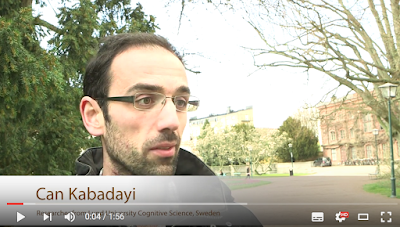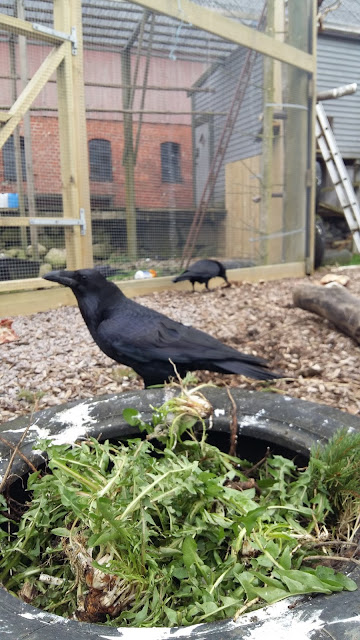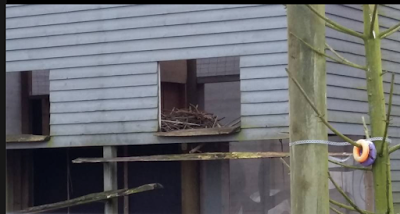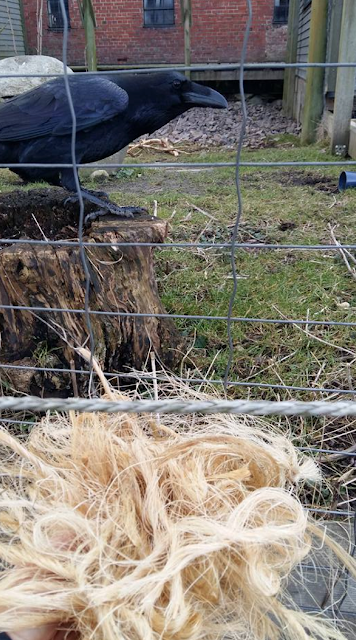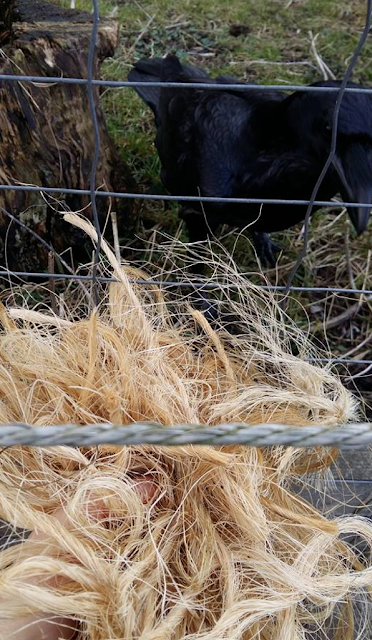Today a team from the Swedish television programme "Mitt i naturen" visited the station. The ravens will share their space on air with wolverines and vultures - illustrating the theme: scavengers. Strictly speaking, ravens are not scavangers at all, but omnivores like humans, although a fair amount of their diet consist of carcasses - especially during winter.
This was really the first "happening" in several months for the ravens who have had vacation following the breeding season, so they were not too happy about the unfamiliar visitors and their huge cameras.
 |
| Photographer Daniel is setting up his huge camera. |
The film team was nice and patient so I think they managed to get the footage needed. This is however not the first time this particular tv-programme visits - in 2011 almost a whole programme was dedicated to ravens. Back then, they were more than happy pose in front of the cameras, try to eat the microphones AND the programme host. Not so surprising, as they were playful juveniles at the time.
 |
| Programme host Martin Emtenäs back in 2011. |
 |
| Mathias and Anders Lundin, one of the current programme hosts. |
//Helena












